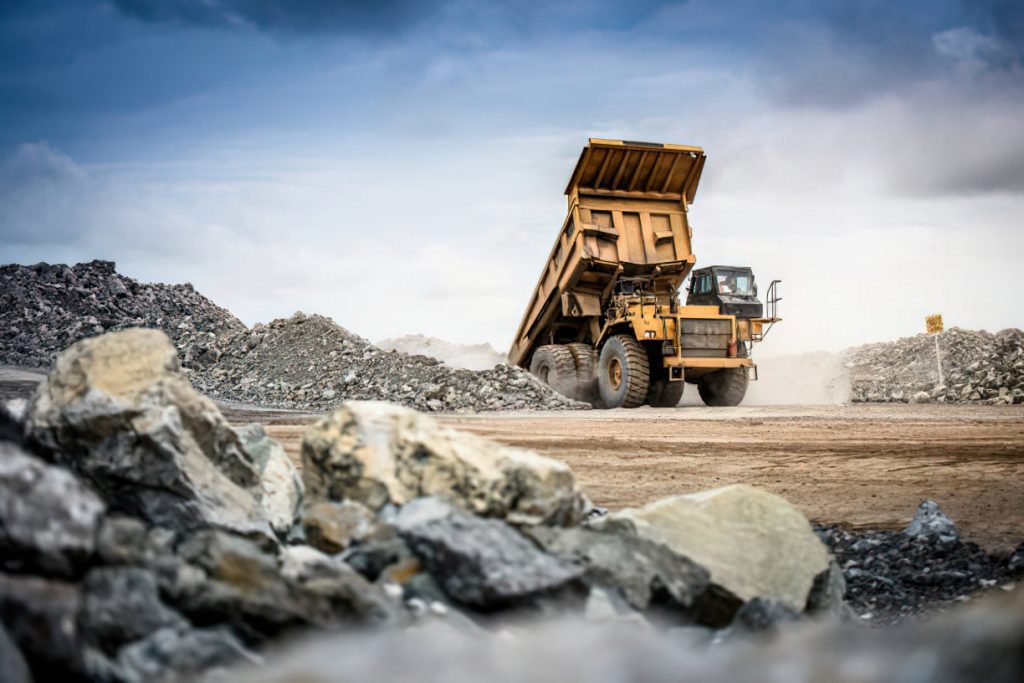Emerging Asian nations accelerating expansion in global REE market

By Eugene Gerden
Emerging nations are accelerating their expansion in the global REE (Rare Earth Elements) market amid the growing demand and consumption of such metals in the global market and the end of supplies from China.
At the present time, China accounts for 63% of the world’s rare earth mining, 85% of rare earth processing, and 92% of rare earth magnet production.
One such country is Vietnam, which aims to become one of the world’s leading REE producers by increasing production by up to 470 times, compared to current volumes.
That will be part of the plan recently developed by the Vietnamese government and signed by the Vietnamese Deputy Prime Minister Chan Hong Ha, according to which production of REE in the country by 2030 should increase to 2.02 million tons per year. Last year, production amounted to only 4,300 tons. Thus, in eight years it should increase by about 470 times.
Currently, Vietnam ranks sixth in the world in REE production. The current leader is China, which produced 210,000 metric tonnes of REE last year. However, in terms of estimated reserves of REE, Vietnam is in second place in the world, behind only to China. Vietnam’s reserves are estimated at 22 million tons. Deposits are mainly concentrated in the northwest part of the country near the Chinese border.
The Vietnamese government wants to quickly switch to renewable energy sources, for which REE will be needed. Part of the metal production will be exported according to the approved government plan. Only companies that own modern equipment and comply with environmental standards will be allowed to mine and process REE.
At the same time, in addition to REE mining, the country also intends to invest in rare earth processing facilities in Lai Chau and Lao Cai provinces with the goal of producing 20,000-60,000 tons of rare earth oxides annually by 2030.
Between 2031 and 2050 exploration of rare earth mines has been licensed for exploitation as well as new exploration of 1-2 mines in Lai Chau and Lao Cai. Although licensed since 2014, until now Lai Chau – the largest REE mine in Vietnam – has not yet been developed.
In addition to Vietnam, there is a possibility that Mongolia, an independent former Soviet-bloc country in Eastern Asia located between China and Russia, could become another important player in the global REE market. The United States Geological Survey estimates that in 2009 REE reserves in Mongolia could be on the level of 31 million tons. The country has the potential to become one of the key exporters of rare earths elements but lacks the capital and equipment to explore and develop existing reserves.
Still, it is expected the situation will change, as after the introduction of restrictions on the exports of REE by China, the United States and some other Western countries plan to consider Mongolia as one of the main suppliers of these metals fin the future. Such an agreement was recently signed between Mongolia and the US. As part of development, the volume of investment in the development of a Mongolian REE base will significantly increase.
Overall, the development of domestic REE fields and mining complexes is expected to be one of the main priorities for the Mongolian government. According to earlier statements made by the president of the country, Ukhnaagiin Khurelsukh, Mongolia is already among the top 20 countries of the world in terms of natural resources.
Khurelsukh commented: “The mining industry is very well developed in our country. We export our products to Russia and China. We have very good deposits of gold, coal, iron ore and rare earth metals. Our geologists have discovered four deposits of rare earth metals and there is a possibility that their total number may reach 80.”
Many analysts believe Mongolia has a long way to go before it can start commercial production of rare earth elements and will have to rely on Chinese processing capacities and logistical services.
